Originally intended to hold cut flowers, vases add sophisticated elegance to any interior and serve as an ultimate decorative accessory. Browse our collection of exceptional vases that come in different shapes and sizes that can be used in plenty creative ways to enhance your space’s decor.
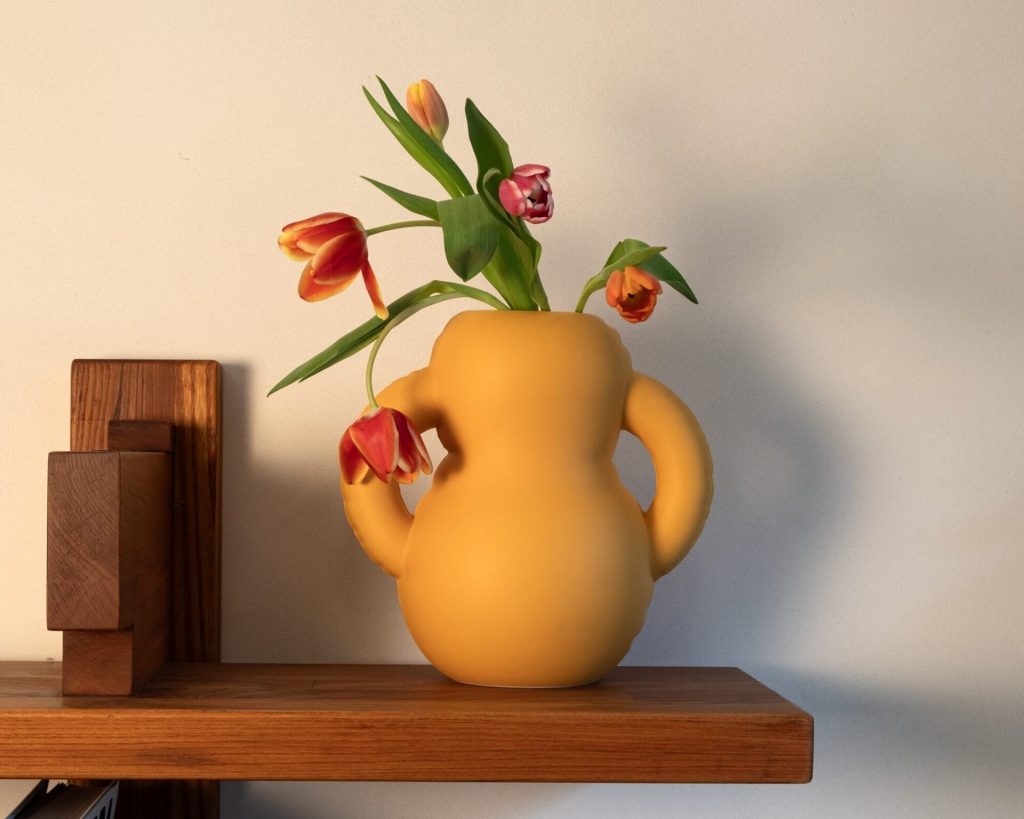
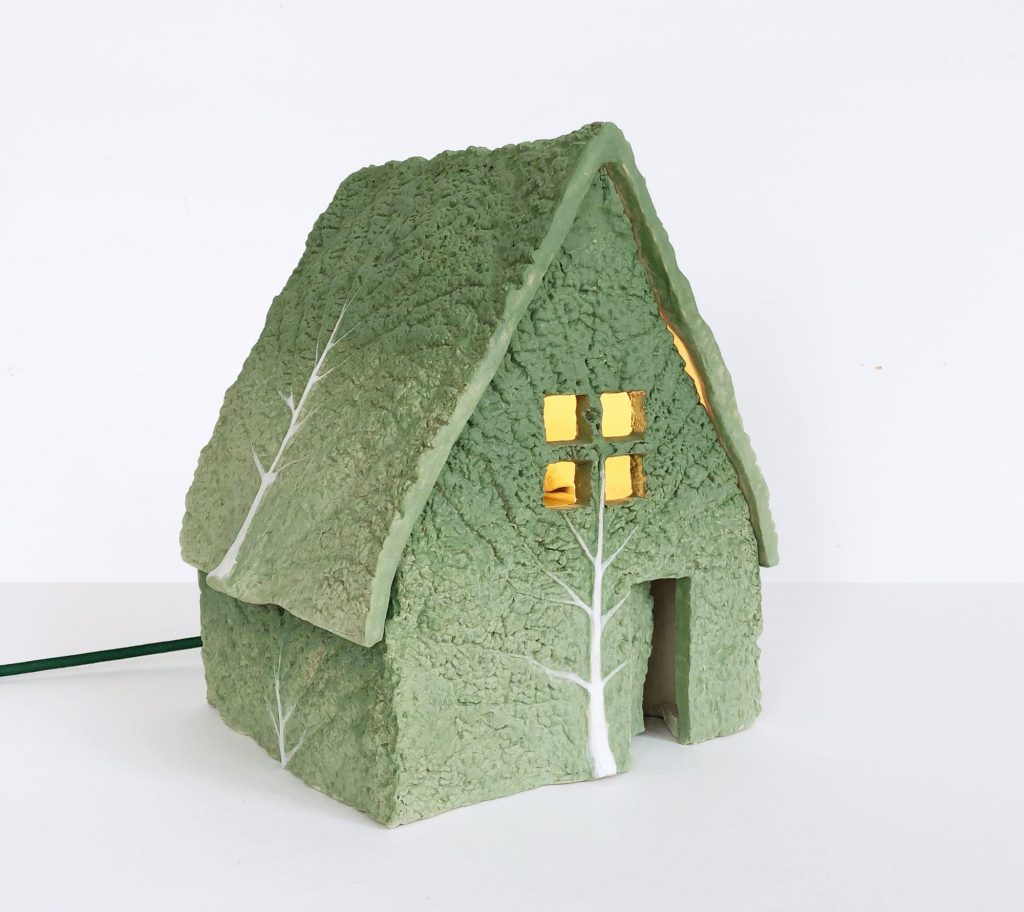
Gastronomic collection by Eléonore Joulin
Eléonore Joulin, a French artist and ceramicist, crafts sculptural functional objects that look exactly like something you can eat. From her studio in Brussels, the artist layers crinkled cabbage leaves into a vegetal dwelling and twists a long sausage into a sculptural, worm-like shape before turning them into functional designs. The resulting collection of ceramic goods includes a lamp shaped after a wedge of blue cheese and a vase that mimics a leek.
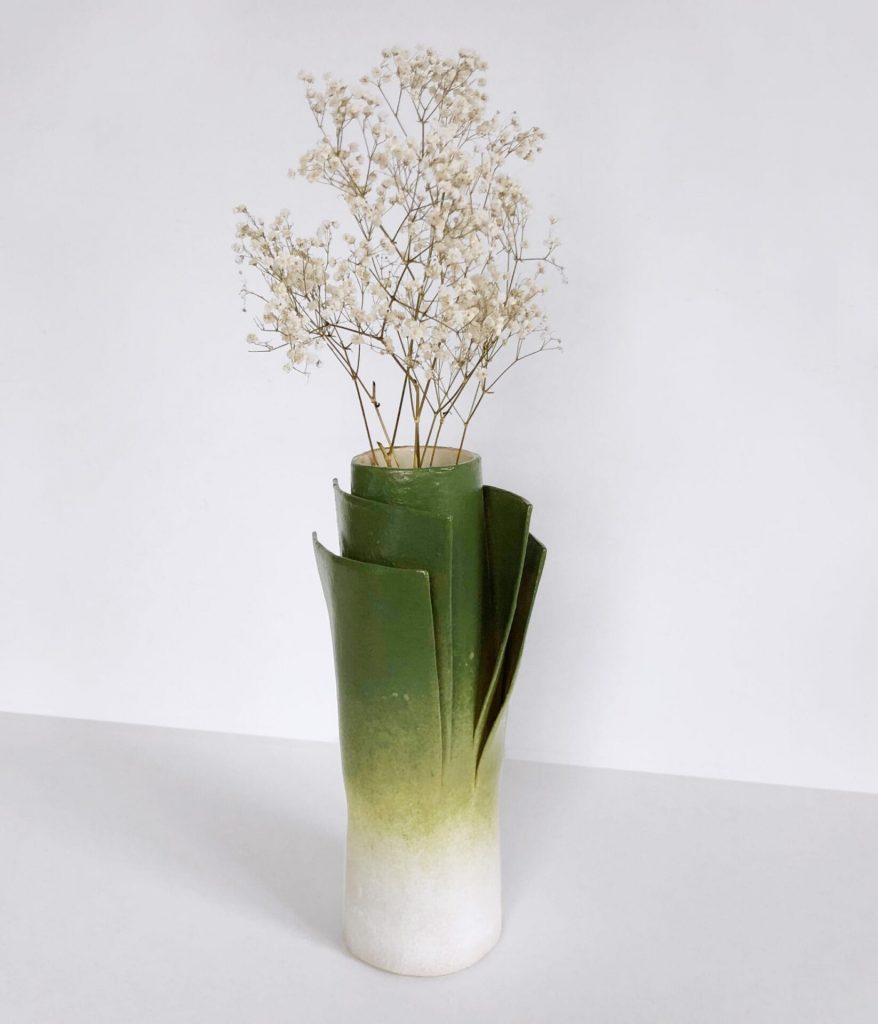
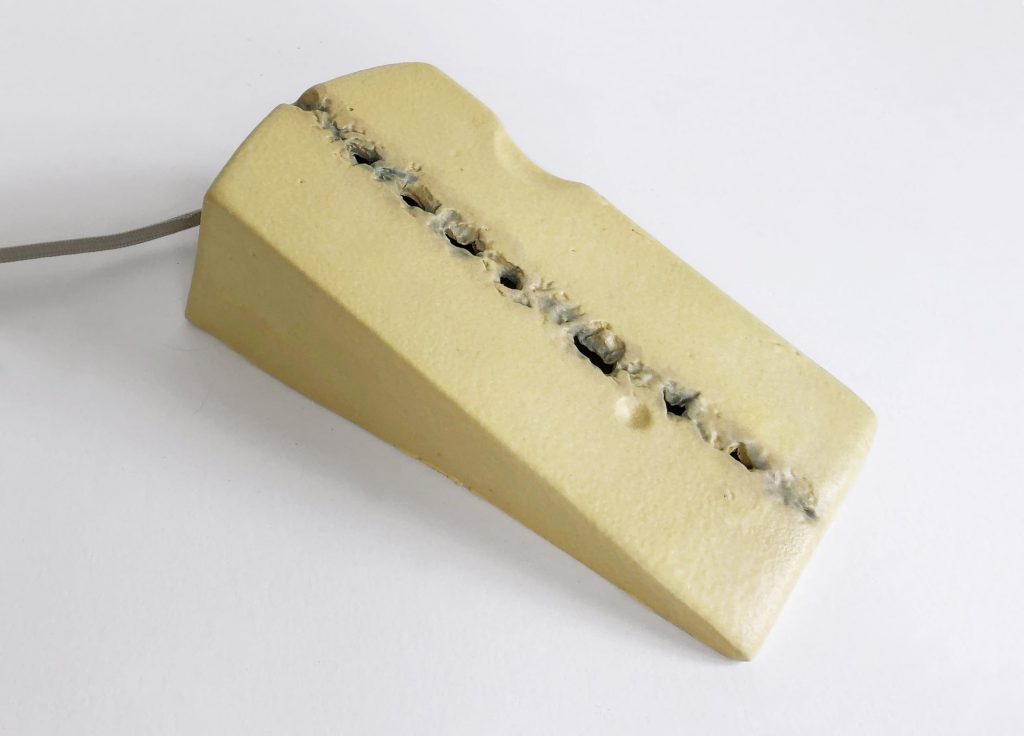
Gastronomic collection by Eléonore Joulin
The artist’s meticulous use of glazes and chemical compounds imbues each piece with the characteristic colors and textures of the food they represent, from the verdant green of a leek to the vibrant purple of an eggplant.
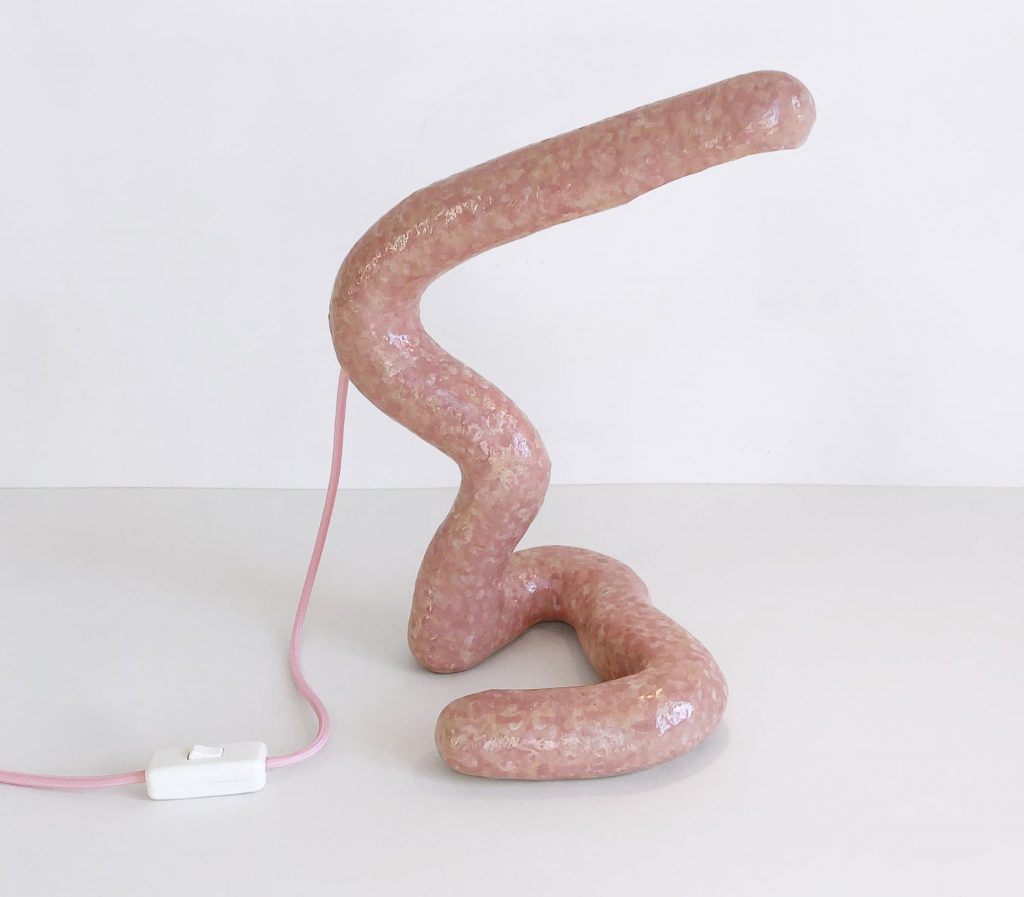
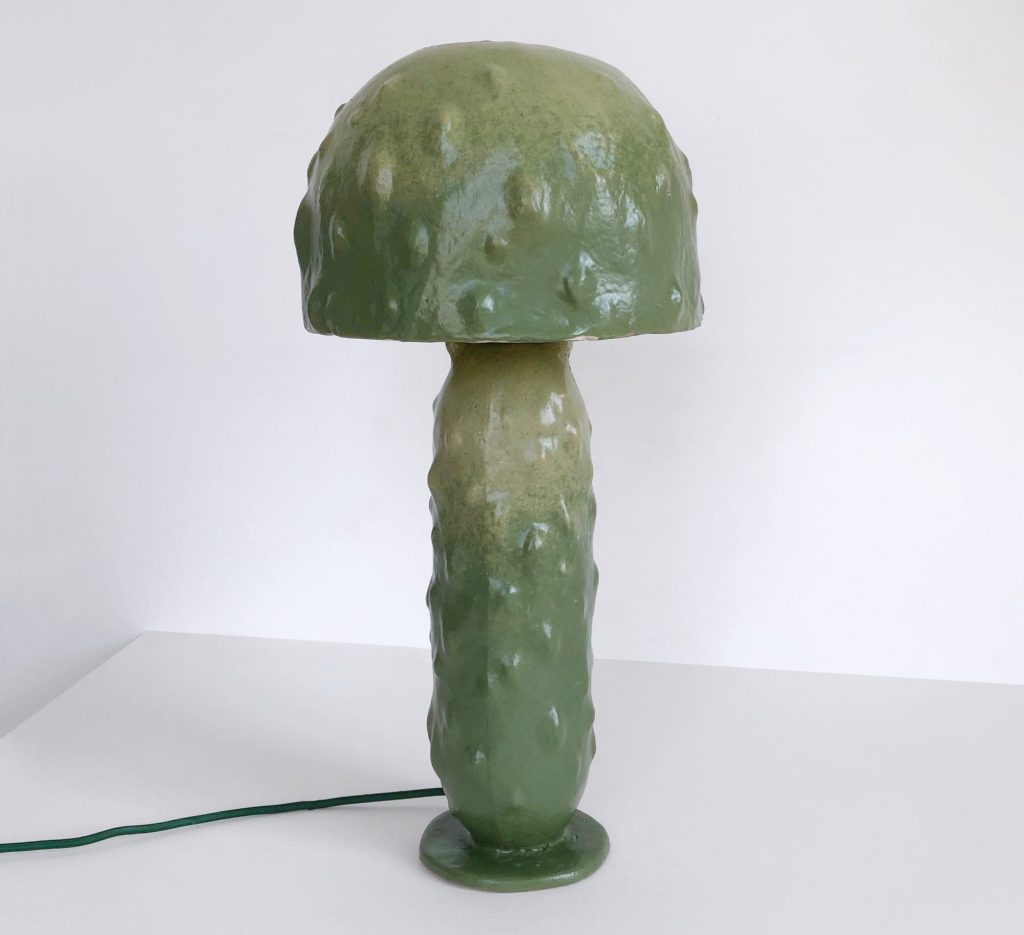
Gastronomic collection by Eléonore Joulin
Joulin explores the possibilities of a particular metallic oxide or other chemical compound. For instance, titanium is unstable and iron is very coloring and the combination of the two oxides gives a wide range of beige to brown, which was the start of exploring the texture of bread. This specific research is on the artist’s mind at the moment as she searches for the proper glaze for a French brioche
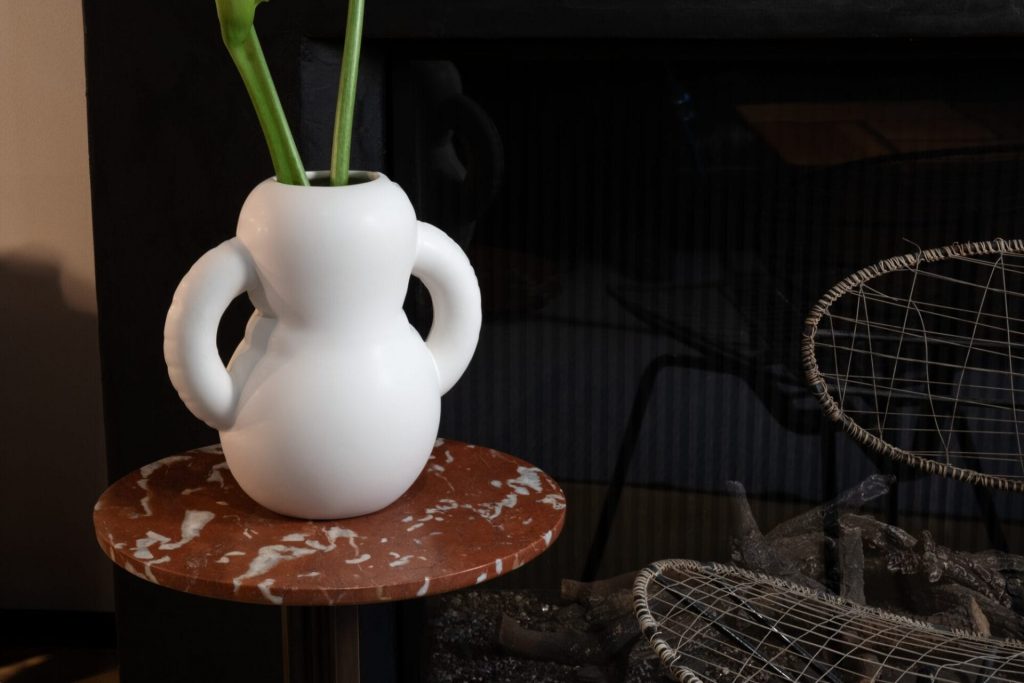
Blow Up collection by Home Studyo (also header image)
Home Studyo, a Belgium-based design brand founded by Mathieu Van Damme of Case Studyo and Esther Noben of Toykyo, has created a collection of ceramic homeware inspired by inflatable objects.
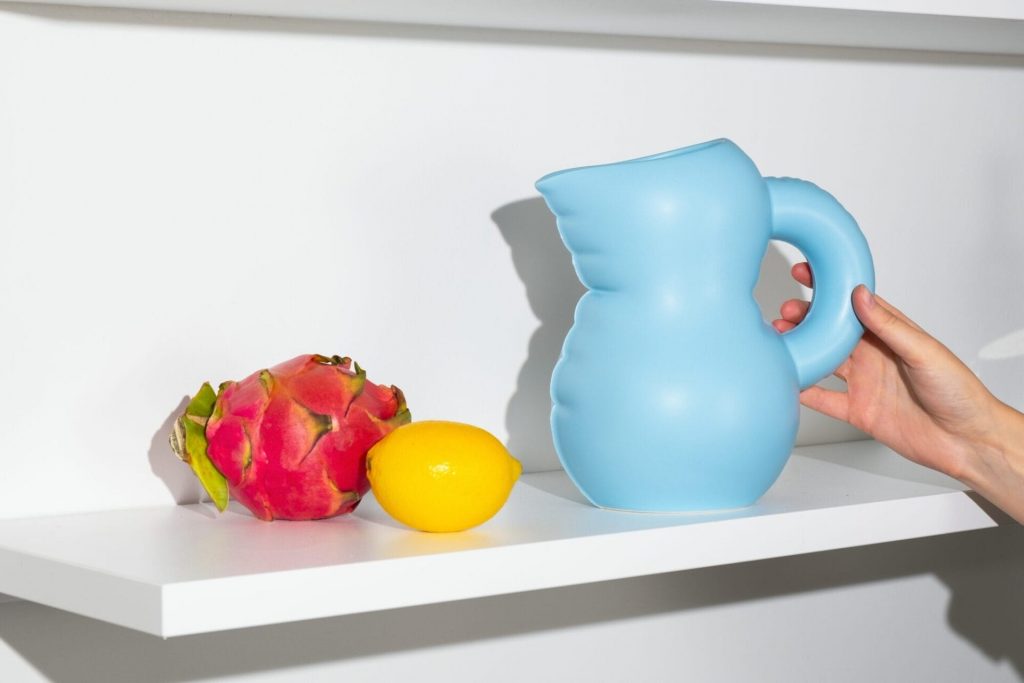
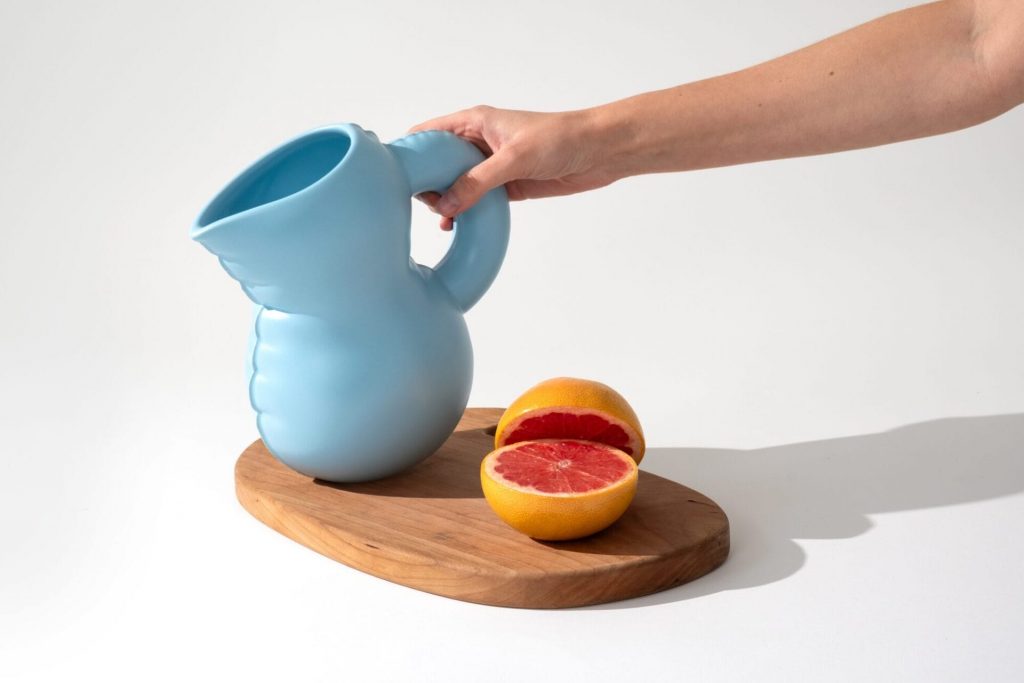
Blow Up collection by Home Studyo
The first glance at the vases, pitchers, and planters forming the Blow Up collection might leave you believing they are filled with helium, but the pieces are actually handcrafted from clay in Portugal.
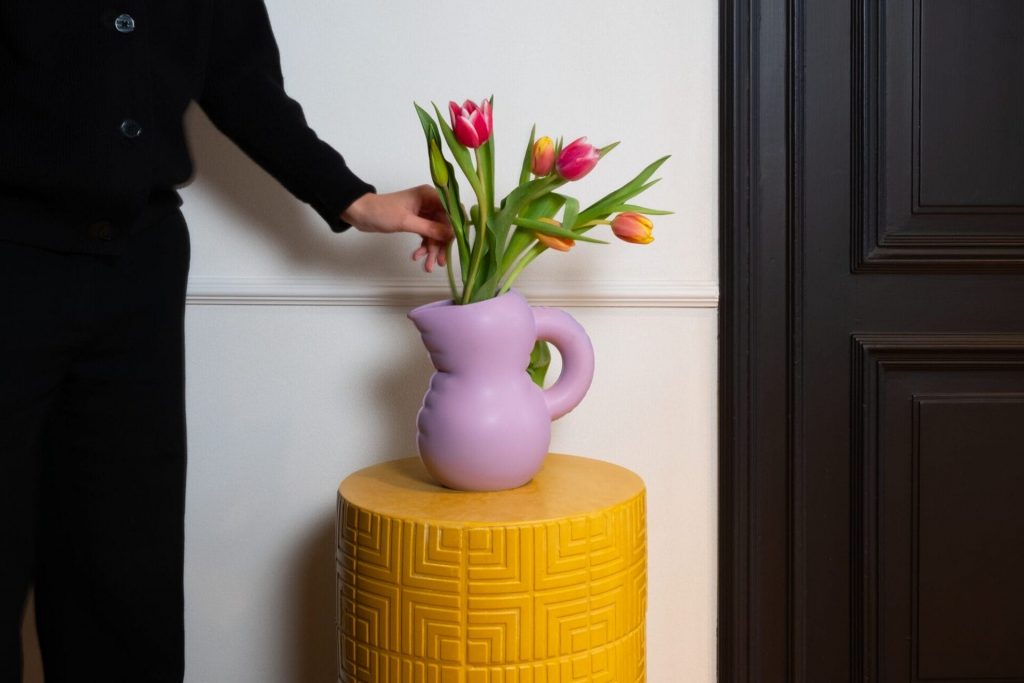
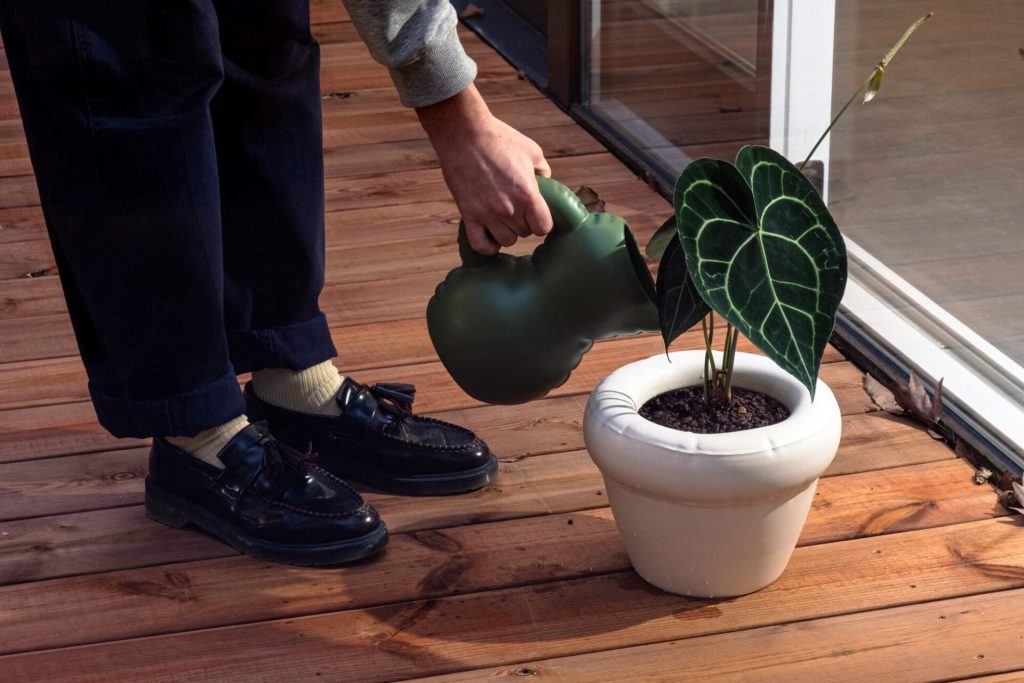
Blow Up collection by Home Studyo
The joyful, bouncy items are available in five vivid colours including Bone, Indigo, Lila, Moss, Coral, Yolk, and Sk, and impress with the careful detailing of apparently puckered plastic seams.
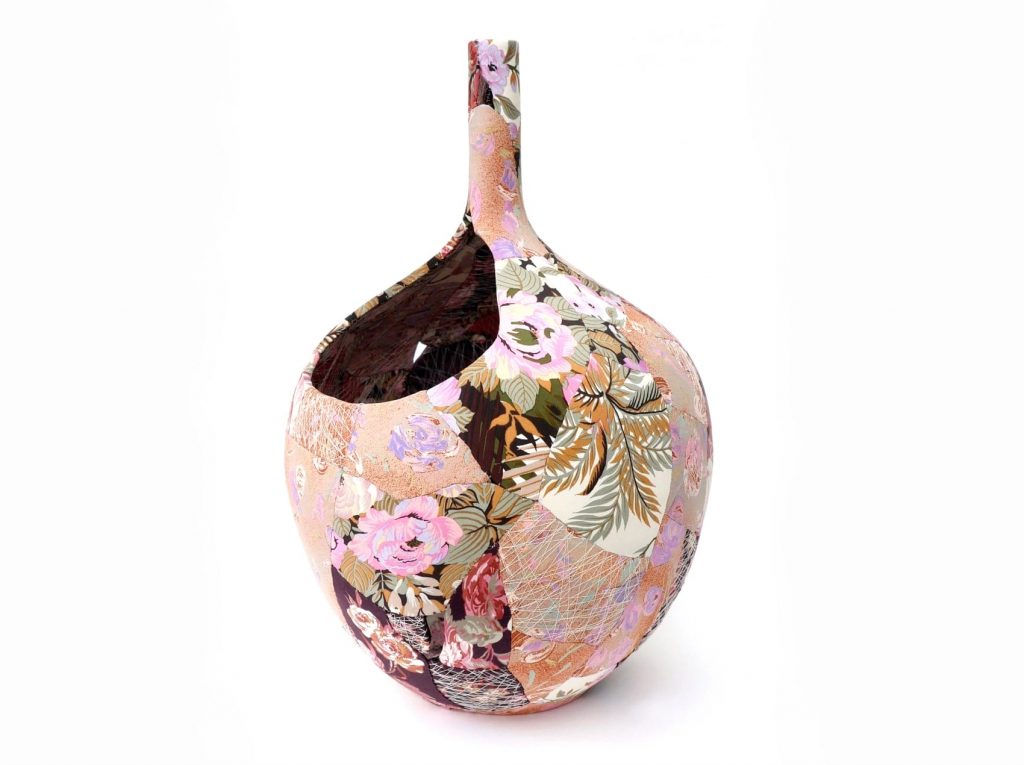
Vases by Zoë Hillyard
Birmingham, UK-based artist Zoë Hillyard gives a second life to shattered vases and bowls wrapping them in vintage silks and fabrics to bind the broken pieces with tightly stitched thread. The artist gathers the source materials from ceramicists’ reject piles, so each piece is unique in terms of the combinations of materials used, the pattern of breakage, the impact of colour and print and aesthetic decisions made during reconstruction.
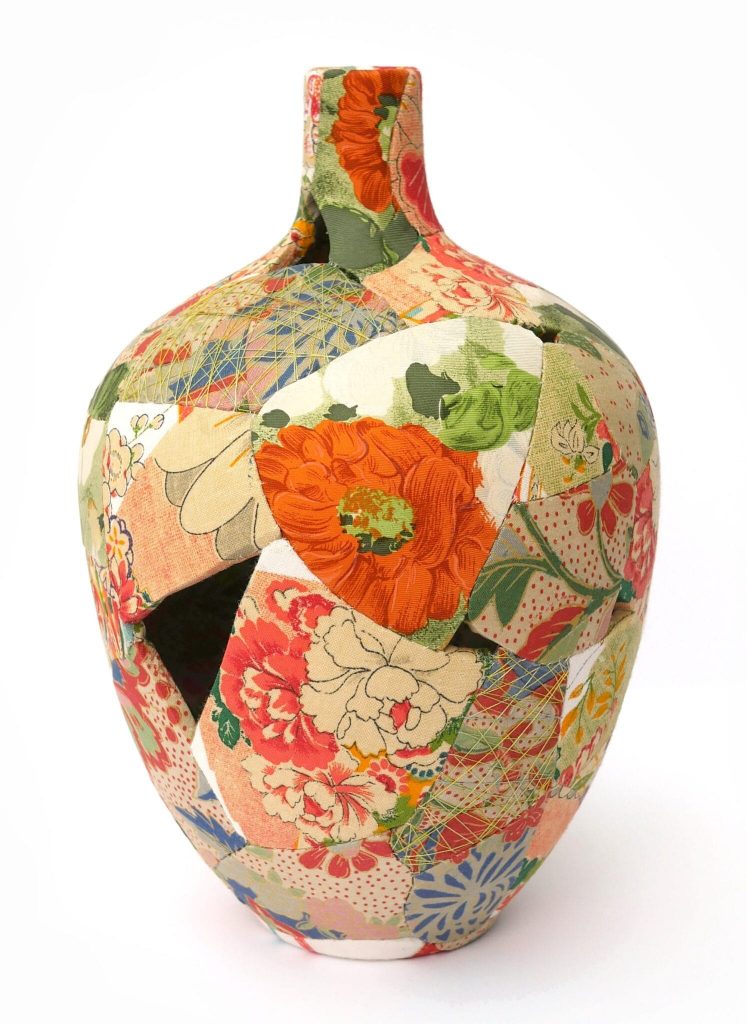
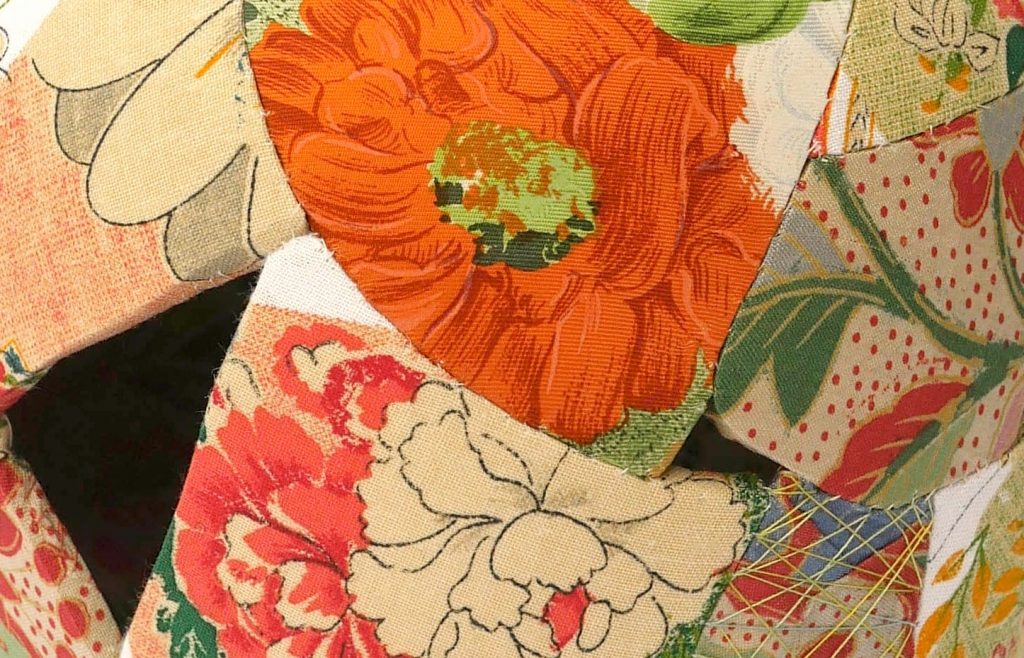
Vases by Zoë Hillyard
Although the pieces appear delicate like the fabrics that envelop their sides, they retain the heftiness and weight of clay. The objects are warmer to the touch than a porcelain vessel and often have a subtle flex, where a reconfigured finish is disrupted by missing pieces and jagged edges, which contrasts traditional solid forms of ceramic repair.
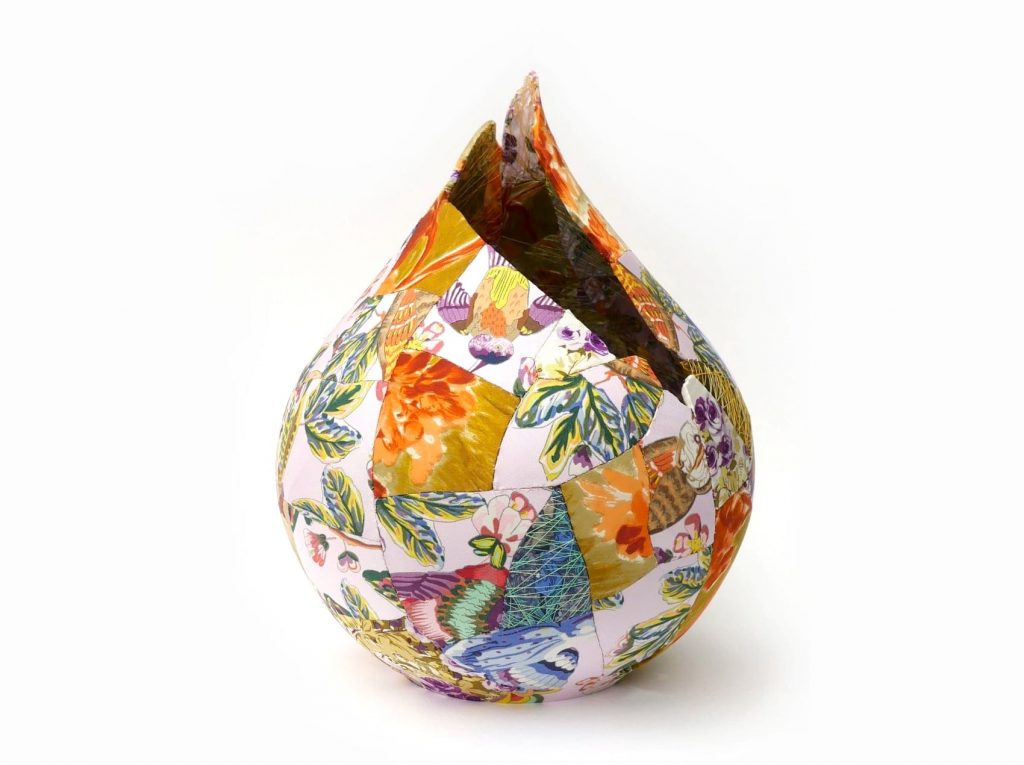
Vases by Zoë Hillyard